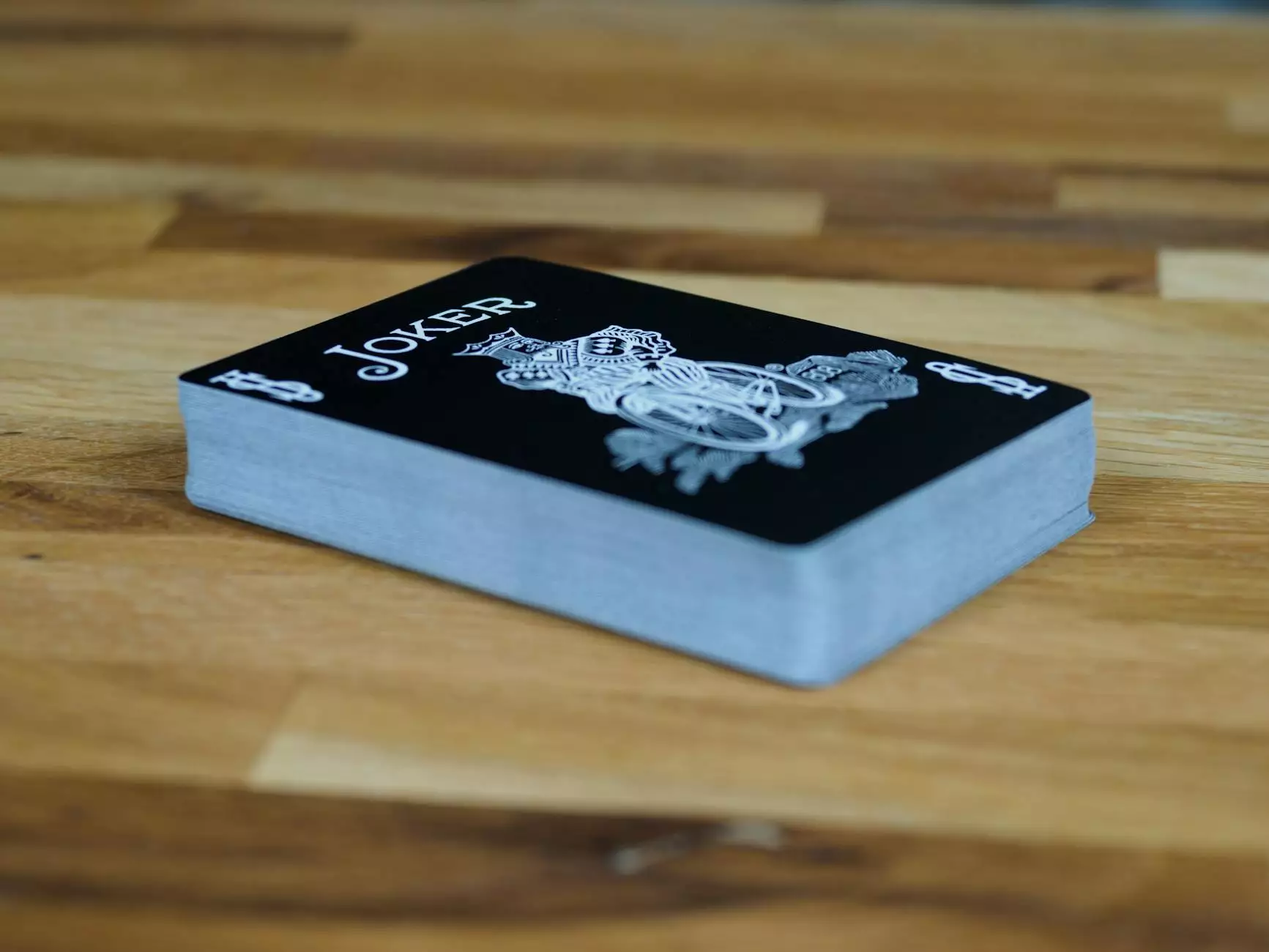Understanding Shoulder External Rotation Degrees: Enhancing Health, Mobility, and Rehabilitation

The human shoulder is one of the most complex and versatile joints in the body, allowing an impressive range of motion critical for daily activities, sports, and overall functional mobility.
Among the myriad of movements the shoulder performs, external rotation is particularly significant for athletes, physical therapists, chiropractors, and anyone interested in maintaining optimal shoulder health. Central to assessing this movement is understanding shoulder external rotation degrees, a key metric in diagnosing, treating, and rehabilitating shoulder dysfunctions.
What Is Shoulder External Rotation?
Shoulder external rotation refers to the ability of the upper arm bone (humerus) to rotate outward, away from the body's midline. In anatomical terms, it involves turning the arm outward when the elbow is flexed and the arm is held at the side. This movement is essential for tasks that require reaching behind the head, lifting objects from behind, or engaging in various sports like tennis, baseball, swimming, and more.
The degree of shoulder external rotation quantifies how far the arm can rotate outward, typically measured in degrees using a goniometer or advanced motion capture technology. The normal range varies among individuals but generally falls between 70° to 90°.
The Significance of Shoulder External Rotation Degrees in Health and Medical Practice
The measure of shoulder external rotation degrees serves as a vital indicator of shoulder joint health and mobility. Precise assessment helps clinicians identify restrictions, instabilities, or injuries that could impair function or predispose patients to further problems.
Why Is Measuring Shoulder External Rotation Important?
- Diagnosing Rotator Cuff Injuries: Damage to rotator cuff muscles, such as supraspinatus or infraspinatus, often results in reduced external rotation.
- Assessing Injury Severity: The degree of limitation helps determine the extent of injury and guides treatment planning.
- Rehabilitation Progress: Tracking improvements in the shoulder external rotation degrees can evaluate recovery milestones.
- Post-Surgical Evaluation: Ensures restored mobility after shoulder surgeries like labral repairs or rotator cuff repairs.
- Preventing Future Injuries: Maintaining optimal external rotation degrees reduces the risk of impingement, rotator cuff tears, and shoulder instability.
Factors Influencing Shoulder External Rotation Degrees
Several anatomical, physiological, and lifestyle factors influence the degree of shoulder external rotation an individual can achieve:
- Muscle Flexibility and Strength: Tightness in internal shoulder muscles or weakness in external rotators impacts range of motion.
- Joint Structure: Variations in the bony anatomy or presence of pathological conditions like impingements or arthritis can restrict movement.
- Previous Injuries or Surgeries: Scar tissue, inflammation, or structural changes post-injury may impair external rotation.
- Neurological Factors: Nerve injuries affecting the suprascapular or axillary nerves can influence muscle control and movement.
- Age and Lifestyle: Natural age-related decline in mobility and habits that favor certain movement patterns also have an impact.
Assessing Shoulder External Rotation Degrees: Best Practices and Techniques
Accurate assessment of shoulder external rotation degrees is essential for effective diagnosis and treatment. The most common techniques include:
Goniometry
This clinical method uses a goniometer—an instrument specifically designed for measuring joint angles. The patient typically lies supine or seated to facilitate consistent measurement. The clinician aligns the goniometer’s arms with the humerus and forearm, then records the maximum outward rotation achieved without discomfort or compensation.
Inclinometry and 3D Motion Capture
Advanced tools like inclinometers or 3D motion capture systems provide more precise and dynamic assessments of shoulder external rotation degrees. These methods are often used in research settings or specialized clinics for detailed movement analysis.
Imaging and Medical Tests
When structural abnormalities are suspected, imaging techniques like MRI or ultrasound are used alongside mobility tests to gain a comprehensive understanding of the shoulder’s condition.
Rehabilitation and Enhancement of Shoulder External Rotation Degrees
Restoring or improving shoulder external rotation is a primary goal in physical therapy, chiropractic care, and sports training. Effective strategies include:
Stretching Exercises
- Cross-Body Stretch: Gently pull the arm across the chest to stretch internal rotators and improve external rotation.
- sleeper stretch: Lying on the side with the target shoulder down, rotate the arm inward to stretch posterior shoulder structures.
- Doorway Stretch: Using a doorway frame to perform lateral stretches facilitates increased external rotation flexibility.
Strengthening Exercises
- External Rotation with Resistance Bands: Focuses on strengthening the infraspinatus and teres minor muscles essential for external rotation.
- Side-Lying External Rotation: Lying on the unaffected side, lift and rotate the arm outward against gravity or resistance.
Manual Therapy and Manipulation
Chiropractors and physical therapists employ hands-on techniques to mobilize the shoulder joint, break down adhesions, and improve external rotation degrees. Techniques like joint mobilization can significantly enhance movement range when performed correctly.
The Role of Chiropractic and Medical Practice in Optimizing Shoulder External Rotation Degrees
Practitioners such as chiropractors and medical professionals play a crucial role in maintaining and restoring optimal shoulder mobility. Their interventions often include:
- Comprehensive Assessments: Identifying underlying restrictions or structural issues impacting shoulder external rotation.
- Customized Treatment Plans: Combining manual therapy, exercise prescription, and lifestyle modifications tailored to individual needs.
- Patient Education: Teaching proper movement patterns to prevent injury and improve external rotation degrees.
- Postoperative Rehabilitation: Guiding recovery after shoulder surgeries to regain full mobility efficiently.
Preventative Measures for Maintaining Optimal Shoulder External Rotation Degrees
Preventing limitations in external rotation involves proactive strategies:
- Regular Stretching and Mobility Exercises: Incorporate shoulder mobility routines into daily activity to preserve flexibility.
- Strength Training: Maintain balanced shoulder musculature to avoid muscular imbalances that restrict movement.
- Proper Technique in Sports and Daily Activities: Use correct movement patterns to prevent overuse injuries.
- Avoiding Overtraining: Balance activity levels to prevent fatigue-related restrictions and injuries.
Conclusion: The Critical Importance of Shoulder External Rotation Degrees in Overall Well-Being
Understanding and maintaining the appropriate shoulder external rotation degrees is fundamental to healthy shoulder function, injury prevention, and effective rehabilitation. It reflects the health of connective tissues, muscles, and joint structures, and is an essential component of upper body mobility.
Whether you are an athlete striving for peak performance, a patient recovering from injury, or a healthcare professional dedicated to preserving joint health, meticulous assessment and targeted intervention around shoulder external rotation are vital. By prioritizing shoulder mobility, you enhance not only your physical capabilities but also your overall quality of life, ensuring greater freedom of movement and decreased injury risks over time.
For clinicians and practitioners seeking expert guidance in evaluating and improving shoulder external rotation degrees, trusted sources like iaom-us.com offer invaluable resources, continuing education, and evidence-based strategies that support optimal patient outcomes and professional development.
Investing in the health of your shoulders today can lead to a more active, pain-free, and mobile tomorrow.









